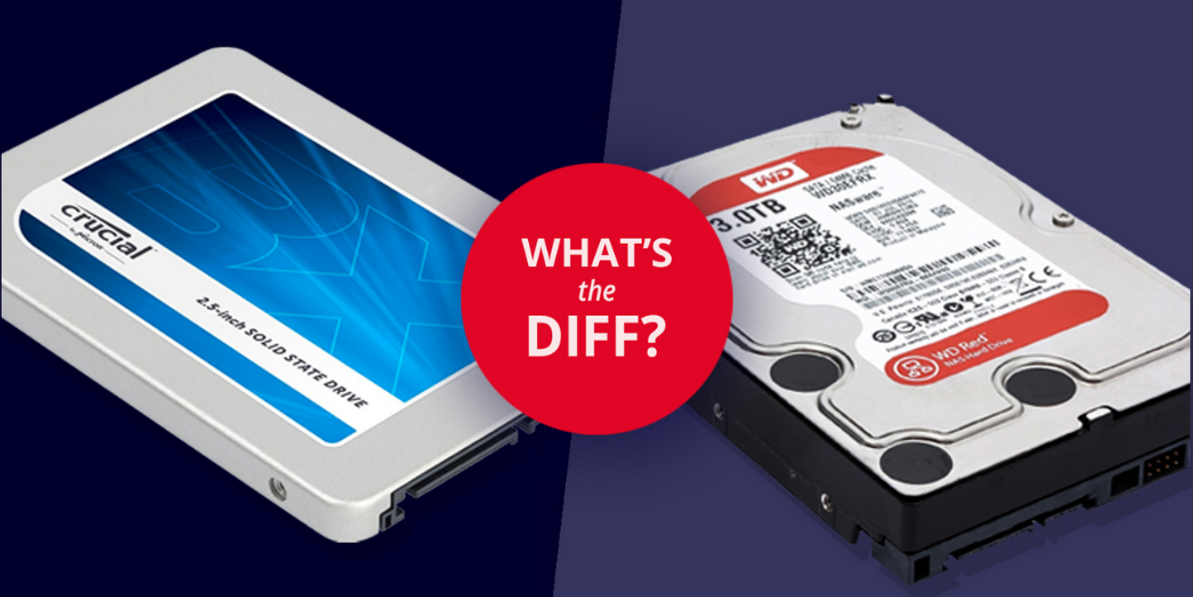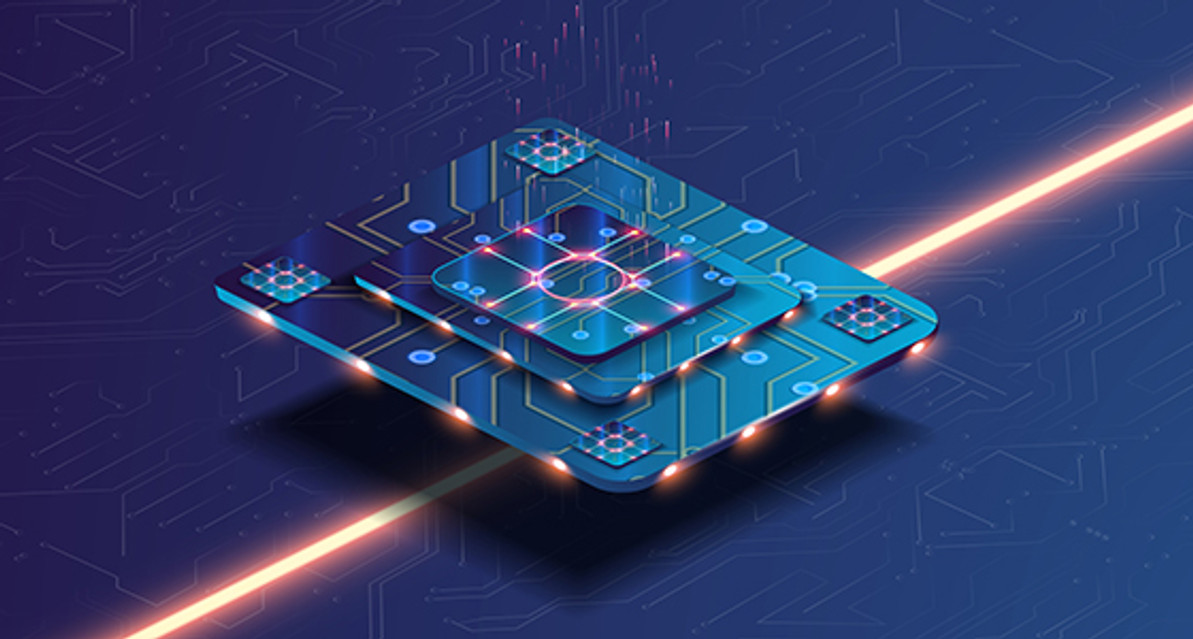Solid-State Drive (SSD) vs. Hard Disk Drive (HDD): Understanding the Fundamental Differences
In the ever-evolving world of technology, storage solutions have come a long way. Two prominent options that have been revolutionizing the way we store data are Solid-State Drives (SSDs) and Hard Disk Drives (HDDs). While both serve the same purpose of data storage, they have distinct differences that set them apart. Let's delve into the essential dissimilarities between SSDs and HDDs.
Structure:
SSD: A solid-state drive employs flash memory to store data. It consists of integrated circuits that retain data even when powered off. HDD: A hard disk drive, on the other hand, comprises rotating magnetic disks or platters, an actuator arm, and read/write heads that magnetically read and write data.
Speed:
SSDs are renowned for their lightning-fast performance. They have no moving parts, allowing for near-instantaneous data access and retrieval. This translates into quicker boot times, snappier application launches, and reduced file transfer durations. HDD: HDDs are relatively slower due to their mechanical nature. The spinning platters and moving actuator arm result in higher latency and longer seek times. However, they still offer sufficient speed for everyday tasks.
Capacity:
SSD: Solid-state drives are available in various capacities, ranging from a few gigabytes to several terabytes. Over the years, SSDs have become more affordable, allowing users to enjoy ample storage space for their files, applications, and multimedia content. HDD: Hard disk drives generally offer larger storage capacities than their SSD counterparts. It is not uncommon to find HDDs with capacities surpassing 10 terabytes, making them ideal for users with extensive storage requirements.
Durability:
SSD: One of the key advantages of SSDs is their durability. Since they lack moving parts, they are highly resistant to shocks, vibrations, and physical impact. This robustness makes SSDs an excellent choice for portable devices like laptops, which are prone to accidental drops and rough handling. HDD: HDDs are more vulnerable to physical damage due to their mechanical components. Sudden impacts or mishandling can lead to data loss or drive failure. As a result, they are better suited for stationary systems with reduced risk of physical harm.
Power Efficiency:
SSD: Solid-state drives consume considerably less power than HDDs. As there are no spinning platters or moving parts to operate, SSDs require less energy to function. This results in extended battery life for laptops and lower power consumption for desktop systems. HDD: Hard disk drives consume more power due to the mechanical movements involved in data access. This can be a limiting factor for devices that prioritize energy efficiency.
Cost:
SSD: Historically, SSDs were more expensive than HDDs, but their prices have been steadily declining. While they still carry a higher price tag per gigabyte compared to HDDs, the price gap has significantly narrowed, making SSDs more accessible to a wider audience. HDD: Hard disk drives remain the more economical option when it comes to storage. They offer larger capacities at a lower cost per gigabyte, making them suitable for budget-conscious users or those requiring massive amounts of storage.
Conclusion:
Solid-State Drives and Hard Disk Drives are distinct storage technologies with their own unique characteristics. SSDs excel in speed, durability, power efficiency, and are becoming increasingly affordable. HDDs, on the other hand, offer larger capacities at a lower cost. Ultimately, the choice between SSD and HDD depends on individual requirements, priorities, and budget. As technology continues to evolve, it is fascinating to witness how storage solutions are transforming our digital experiences.
Recent Posts
-
Top 10 Must-Have Accessories for Your New Computer
Whether you've just unboxed a sleek laptop or a powerful desktop, there's a world of possibilities a …Aug 21st 2023 -
The Rise of Quantum Computing : Unlocking the Power of the Subatomic World
Quantum computing is a cutting-edge field of computer technology that promises to revolutionize the …Aug 2nd 2023 -
Choosing the Right Operating System: Windows, macOS, or Linux?
When it comes to selecting an operating system for your computer, the options can be overwhelming. W …Jul 18th 2023




